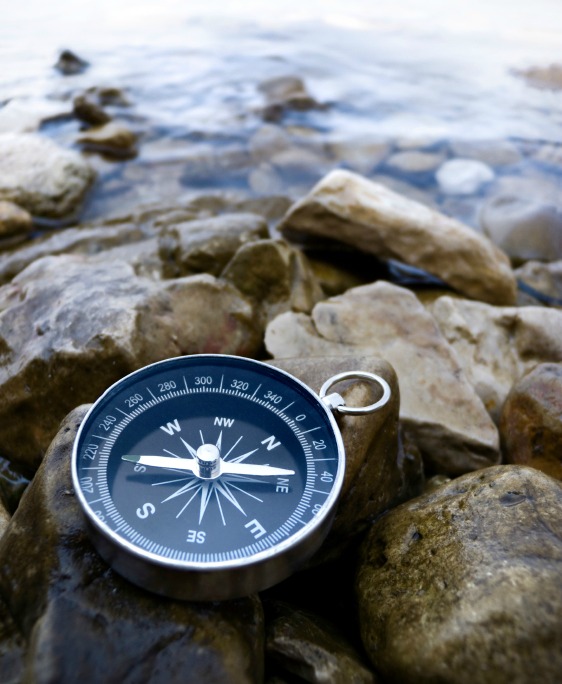To navigate the stormy waters of lead generation, you first need to plan the direction you will be travelling in and what your final destination will be. You also need to figure out what your ports of call along the way will be. In order to avoid the pitfalls of lead generation, you and your sales team need to plan accordingly to the following important guidelines:
Recruit your crew members and stock up
Any lead generation journey is not meant to be a solo mission. You need people around you that can support you as well as each other while aiming to meet goals. Having a reliable, equipped crew around you helps to lighten the load significantly as the journey moves along. Each member of your crew has a special skill that another person may not have, so use them in the right areas to get the most done in the best possible way.
Your lead generation ship also needs resources to keep it afloat no matter what scenario arises along the way. What will your lead generation budget be? What resources do you need in order to achieve your goals? Where can you get these resources? Do you need content, advice, outside help and so forth?
Decide what your ports of call will be
Ports of call refer to the goals you want to reach along the way. Goals can include getting a certain set of responses to your lead generation actions, reaching a particular audience, gathering information about buying behaviours, getting prospects to agree to a demonstration, building an email list or setting up face-to-face meetings. Your lead generation goals will be unique to you and your team so think about your overall aim and then what you need to do to get to hit your target.
Choose the type of ship(s) you are going to be sailing
The type of ship you sail refers to the mediums or sources you will be using. The medium or mediums can be phone calls, emails, meetings, newsletters and others. You don’t simply need only one medium but choose each medium according to the ports of call you want to hit. In other words, the type of person you are contacting, the type of audience you want to reach and your goals will determine the mediums you use. The types of messages you send will also affect what sources are the best to use.
Raise the appropriate flag
Your ship needs to convey a certain message. This message will be determined by the type of ship you are sailing (i.e. the medium you are using) and the ports of call you will be visiting (the goals you want to achieve). The way your message is structured will determine the audience or prospect’s response to that message. Will the message you send elicit the appropriate response? Will you meet your goals by sending that particular message? Is a strong call-to-action needed or is the audience not appropriate for that approach? Like a flag flying high on a ship’s mast, your message will be visible to many people and should be a good ambassador for what you want to achieve and the type of company you want to be seen as.
Create a map to help you navigate
Every sailor and his crew need a map or navigation aid of some sort to know if the path they are sailing on is the correct one and also to know if they are veering off-course. The tools you use to manage your pipeline along the way are like your map. Your lead generation map should show you where you have been, where you currently are and where you plan to go in order to more accurately see what is working and what is not. By viewing your progress, you can more easily see what ports of call are no longer necessary based on past experiences and perhaps even help you find a shortcut to achieve what you want quicker. There are plenty of online management tools one can use to manage customer relationships but if your budget doesn’t allow for them, you can easily research how to manage this process without the need for complicated software.
Determine if your journey was a success or a failure
Measure your success (or failure) at the end of your journey. Did you visit all the ports of call at the correct moments? Did the ship you sailed prove to be a right or wrong decision for the ports of call you visited? Were the crew members you recruited helpful to you and did the resources hold up to the requirements? Did the message you sent out confuse your audience? Were your goals too vague or overly ambitious? In less ship-like terms, you can measure things like:
* The amount of conversions you got versus the conversions you thought you would achieve
* The cost of using one medium over another
* The value each sale produced versus what it cost to produce that value
There are many more outcomes to measure but this will be based on a number of personalised things like the mediums you use, the messages you send, the type of goals you have set and the resources you had at your disposal to begin with.
You won’t ever go sailing from Australia to Africa without some kind of backup plan or without doing any preparations beforehand. So, even though lead generation is not as life-or-death as sailing across an ocean, planning ahead can prevent your sales ship from sinking in the future.











